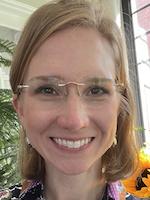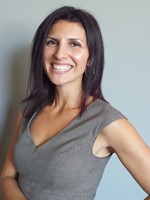



The purpose of this presentation is for educators to learn how to they can use a micro: bit and connect it to real world problems that address the Sustainable Development Goals and integrate it as part of lessons or the design thinking process. In addition, I will share opportunities that allow educators to connect their learning with a global community to address real world problems by participating in the Do Your Bit Challenge.
Objectives (Participants will):
-Learn how to code a micro: bit
-Learn how inputs (sensors) and outputs (light and sound) of the micro: bit can be used to design and make prototype solutions
-You will learn about additional ways to integrate the micro: bit in authentic ways such as opportunities for design thinking/the SDG's (Sustainable Development Goals) in your classroom.
1) Introduction/Minds On/Diagnostic: What do you know about the Micro:bit and how can we save sea turtles?
(2) Introduction to the Microb:bit and coding and the activity goal of the session which is to code the micro: bit
(2) Action: Participants will code their device together to create a sea turtle safe beach lighting using micro: bit.
(3) Reflection/Consolidation: Using a Digital Collaborate board share our learning/questions and reflect on our experience. What did you find easy/difficult or what are you wondering? What did you learn about yourself?
(4) I will then discuss/share resources and other ways that I have used the Micro:bit with design thinking, Do Your Bit Global Challenge.
(5) Question/Final Thoughts/Feedback: I will provide an opportunity for participants to ask questions, share final thoughts and provide feedback.
List of research globally on Micro:bit:
https://microbit.org/impact/research/
https://classroom.microbit.org/createactivity/makecode
Wenger, E., White, N., & Smith, J. D. (2009). Digital habitats: Stewarding technology for communities. Portland: CPsquare.
https://microbit.org/lessons/
ttps://www.iste.org/explore/Computer-Science/Make-CS-accessible-to-all-students-with-physical-computing
https://tech.microbit.org/projects/physical-computing-a-key-element-of-modern-computer-science-education/
https://www.redlands.edu/study/schools-and-centers/school-of-education/meet-our-faculty/nicol-howard/